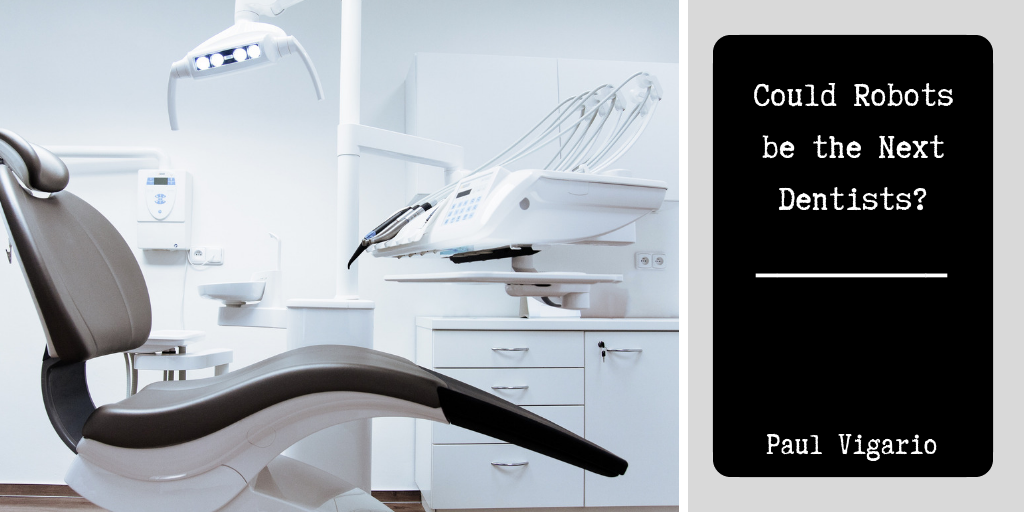There are numerous dental procedures that can potentially take place during a visit. From routine cleanings and X-rays, to invasive surgical procedures such as dental implants, technology is all around you when you’re at the dentist. However, are there limits? Where does the idea of robotics and automation come in when referring to the dental industry? What is the likelihood of dentistry becoming fully automated one day?
While full automation of the industry seems rather unlikely at this point, robotics being used for operating purposes during surgical procedures could be closer than we might think. In fact, according to Time Magazine, “Robots could soon be operating on you by themselves at the dentist clinic.” The statement comes following a surgical implant procedure that took place in China last year; the interesting part is, the procedure was fully automated, and completed by a “robot” dentist. It was known as what could be the world’s first fully automated dental implant surgery.
The procedure was performed on a woman who needed two dental implants. According to the report from Science and Technology Daily, the robot was able to follow a set of pre-programmed commands given to install the implants safely and successfully. Of course, the entire procedure was supervised by human doctors, however; they never needed to actively intervene. Robotics are beginning to become more popular in dental procedures from orthodontics to root canal surgeries. Additionally, for education and training purposes, technologies like robotics, artificial intelligence, and virtual/augmented reality are proving to be beneficial in the field.
Though we may not be experiencing fully automated procedures and visits, it’s evident that such technological advances are making great strides towards working automation into routine procedures. An article written by Fortune contributors, James Manyika, Michael Chui, and Mehdi Miremadi states, “Machines will change jobs, but they won’t fully take over from humans. The technical feasibility of automation is best analyzed by looking not at occupations as a whole, but at the amount of time spent on individual activities, and the degree to which these could be automated by using technology that currently exists and adapting it to individual work activities.”
Technology doesn’t just end with surgeries and procedures. Tech companies, such as SurfCT.com, a dental information technology company founded by Paul Vigario, provides the top dental IT solutions to dentists globally. While robotics may become more prevalent in dentistry, companies like SurfCT.com are developing and implementing new tech solutions that will revolutionize general, cosmetic, and pediatric dentistry, along with oral surgery, endodontics, orthodontics, and other specialized dental practices.
